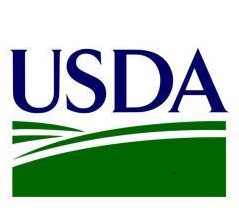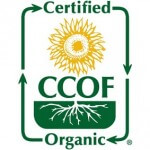Natural Food vs. Organic Food: What’s the Difference?
 Natural. Organic. The labels are sometimes thrown together and it can be confusing for consumers to differentiate between the two. One term is strictly regulated by the USDA while the other varies about as broadly in definition as the organizations that use it. So what’s in a label? Let’s take a closer look at these two terms to answer that question.
Natural. Organic. The labels are sometimes thrown together and it can be confusing for consumers to differentiate between the two. One term is strictly regulated by the USDA while the other varies about as broadly in definition as the organizations that use it. So what’s in a label? Let’s take a closer look at these two terms to answer that question.
Organic food is grown without the use of any pesticides or other synthetic chemicals, and farming practices for organic products are more environmentally friendly than conventional ones. The “organic” label is only granted to food manufacturers that have earned it. When a food product bears the USDA organic label, it has passed strict requirements concerning how that food was grown and processed. This system exists to establish a standard for organic products and guarantee compliance with USDA regulations.
Natural food should contain no artificial sweeteners, preservatives, or other additives which are commonly used to enhance the appearance, taste, or freshness of food. Unlike organic food, there are no regulations set for the labeling of natural food products, so the definition may vary extensively in meaning from one food manufacturer to the next. At the minimum, natural products should not be labeled as such unless the food contains no artificial preservatives or enhancers. However, these are merely guidelines for organizations to follow, not requirements.
Natural food is not the same as organic food. The labeling for organic food comes with a guarantee whereas natural food does not. All natural products may be free of preservatives and additives, but still not pass as natural organic food. They can be all natural but contain products that are not grown or produced organically.
 At Nuts.com, all of our organic products meet the strict standards set forth by the California Certified Organic Farmers (CCOF) certifying agency. This means that our facilities are held to an even higher standard than than those set by the USDA National Organic Program (NOP) alone. Your family can be assured that our organic products have stood the ultimate test when it comes to the strictest regulations out there. Our natural food products contain no artificial sweeteners, additives, or indecipherable ingredients. Just great snacks, cooking ingredients, and treats – from our family to yours.
At Nuts.com, all of our organic products meet the strict standards set forth by the California Certified Organic Farmers (CCOF) certifying agency. This means that our facilities are held to an even higher standard than than those set by the USDA National Organic Program (NOP) alone. Your family can be assured that our organic products have stood the ultimate test when it comes to the strictest regulations out there. Our natural food products contain no artificial sweeteners, additives, or indecipherable ingredients. Just great snacks, cooking ingredients, and treats – from our family to yours.
Leave a Reply